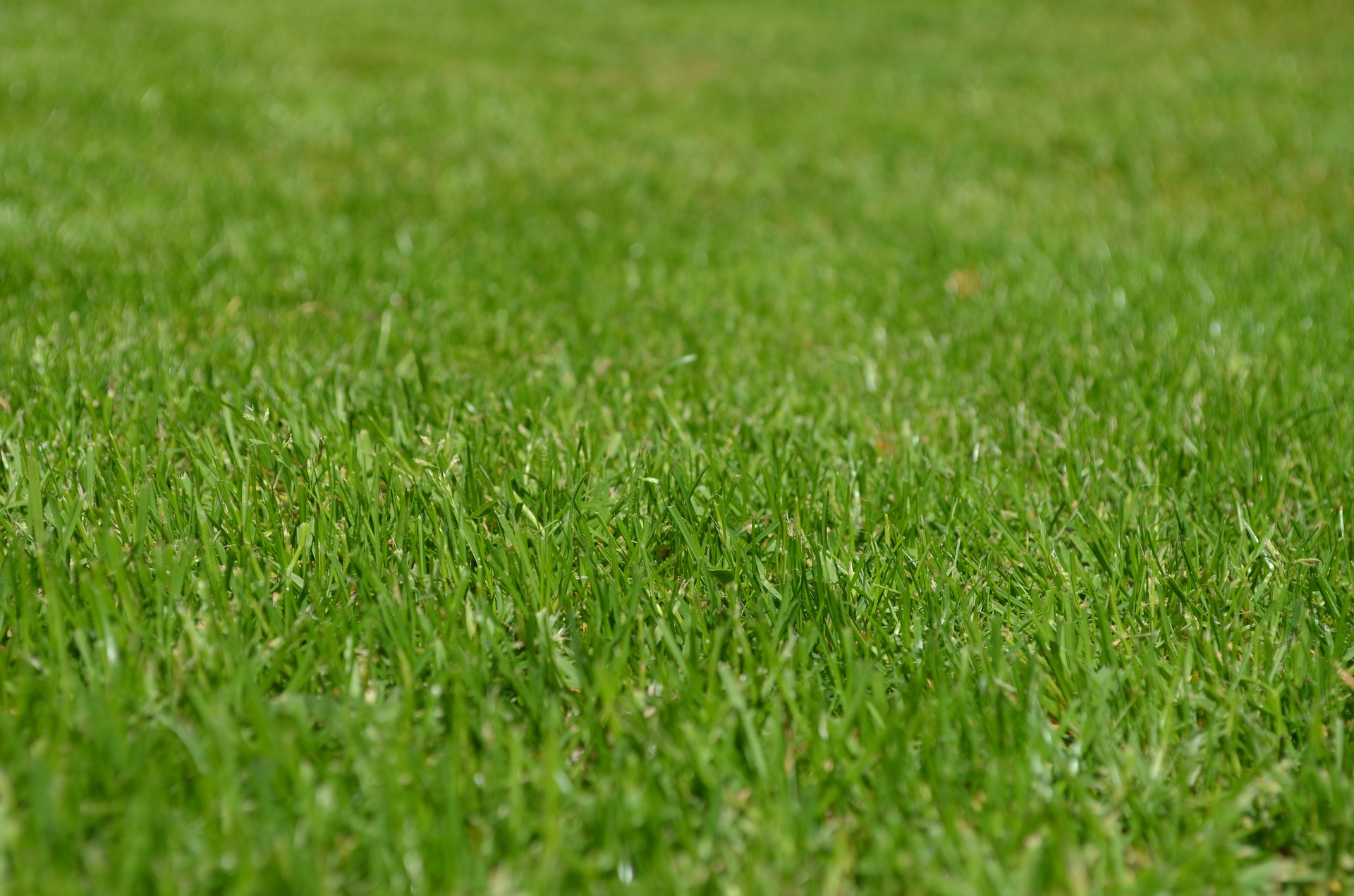
Spring in Hartford, CT is a tentative prospect. It can be drastically unpredictable, with April blizzards followed quickly by record-breaking high temperatures. Ice and snow might freeze and thaw completely just in time for more snow to fall, leading to great difficulty in predicting how to prepare your lawn for the warmer months ahead.
Luckily, there are some easy tips you can follow–regardless of the weather–to help prepare you and your Hartford lawn care needs for the upcoming summer months.
1. Avoid traffic
Easier said than done, but whatever you do, avoid treading upon your lawn. In the spring months, your lawn is delicate as a result of melting snow and heavy spring rains. Stay off the lawn as long as possible to risk compacting the soil. Compacting the soil as such deprives it of necessary oxygen and damages emerging greenery. Let the soil dry before you begin to do work on it in any way, shape, or form.
2. Work on your equipment
Instead of spending your time staring wistfully out at your snow-covered lawn, take advantage of these colder months to tune up your lawn equipment. Sharpen any blades, and service or replace any lawn tools you have, such as mowers, leaf blowers, and weed whackers. Now is also the best time to order any replacement parts, as they’ll be less expensive when they aren’t in season.
3. Spread snow
This is a great project for young kids with bad cases of cabin fever. Rake or spread snow evenly throughout your lawn to help minimize drifts and allow for a more even melt. This will not only enhance the appearance of your lawn as the snow begins to melt, but it will also help reduce uneven patches and blotchy growth of grass.
4. Rake the lawn
Once the snow has melted, rake the lawn. This will allow you to remove any last leaves that weren’t gathered in the fall, but will also help to aerate and rejuvenate the grass. It will also help you to remove snow and ice so that water can more easily penetrate the soil.
5. Apply crabgrass and other weed killers
Herbicides are best applied in the spring, ideally between early April and mid-May. Two applications should do the trick, as this allows for a more evenly controlled and protected lawn during unpredictable spring rains and thaws that dilute herbicide applications.
6. Seed new patches of grass
If you notice bare patches of dirt on your otherwise full lawn, apply grass seed in the spring. This will allow them to develop strong roots and become established before the weather warms.
7. Apply fertilizer
You should also consider adding fertilizer in the spring if this is something you need to do. Either apply organic compost or balanced fertilizer mixes during the period after the last freeze, but before hot weather arrives. Test your lawn’s pH before applying fertilizer to make sure you have the right balance of nutrients. Keep in mind that lawns that receive too much nitrogen won’t develop effective root systems.
8. Aerate
Core aeration is best completed in the fall, but if you notice areas of the lawn that are heavily compacted or depressed, often caused by vehicles or foot traffic, consider aerating the lawn. If possible, wait until the fall, but don’t postpone this necessary activity for more than a year, as this can seriously impact the appearance and growth of your lawn.
9. Mow conservatively
Many people wait until the hot summer months to mow their lawns for the first time, but the best time to start mowing is in the spring. An early mowing lets you remove the dead tops of the grass and allow new growth to receive necessary sunlight. For optimal moisture retention and weed prevention, keep the grass at least two inches tall. Don’t let it grow too much higher than four inches, as this can slow future growth and foster the spread of disease.
10. Hold the water
Spring soils are already relatively sodden after the snow melts. Don’t water until late spring, when the weather becomes warmer and drier. Allow your grass to grow even if it begins to show signs of drought pressures–this will force the roots to grow deeper in their quest for water. Wait until the hot months of late spring or early summer to begin regularly watering your lawn.